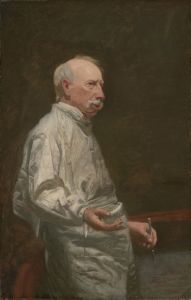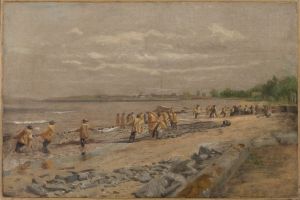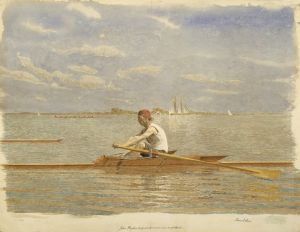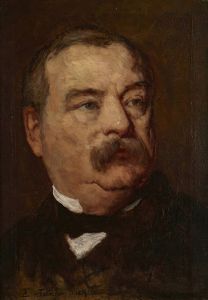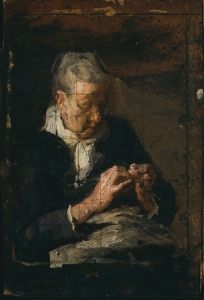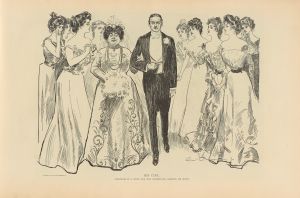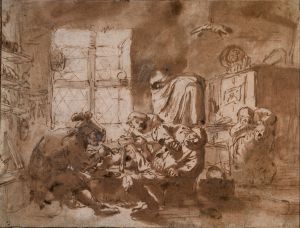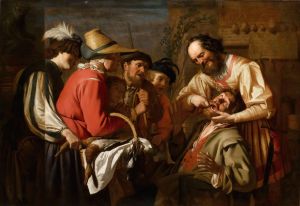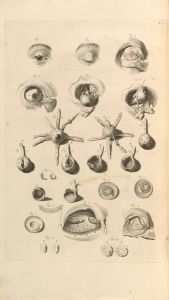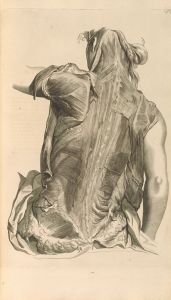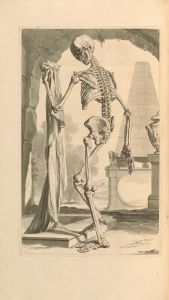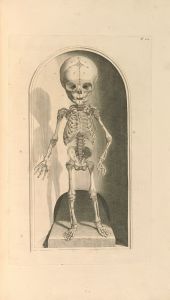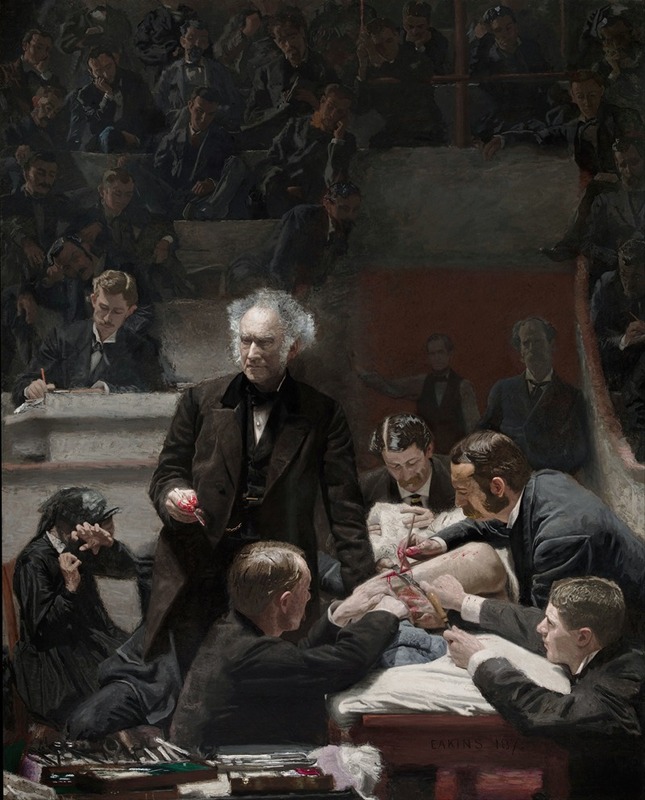
Portrait Of Dr. Samuel D. Gross
A hand-painted replica of Thomas Eakins’s masterpiece Portrait Of Dr. Samuel D. Gross, meticulously crafted by professional artists to capture the true essence of the original. Each piece is created with museum-quality canvas and rare mineral pigments, carefully painted by experienced artists with delicate brushstrokes and rich, layered colors to perfectly recreate the texture of the original artwork. Unlike machine-printed reproductions, this hand-painted version brings the painting to life, infused with the artist’s emotions and skill in every stroke. Whether for personal collection or home decoration, it instantly elevates the artistic atmosphere of any space.
"Portrait of Dr. Samuel D. Gross," also known as "The Gross Clinic," is an iconic painting by the American artist Thomas Eakins, completed in 1875. This work is celebrated for its detailed realism and its depiction of a significant moment in medical history. The painting measures approximately 8 by 6.5 feet, making it a monumental work both in size and impact.
Thomas Eakins, known for his dedication to realism and his interest in anatomy and the human form, created this painting during a period when he was deeply engaged with the medical community in Philadelphia. Eakins himself had attended anatomy lectures and observed surgeries, which informed his meticulous attention to detail in this work.
The painting portrays Dr. Samuel D. Gross, a renowned surgeon of the 19th century, conducting a surgical procedure in a lecture amphitheater at Jefferson Medical College in Philadelphia. Dr. Gross is depicted at the center of the composition, standing confidently as he instructs a group of medical students and colleagues. His commanding presence is emphasized by the light that illuminates his figure, contrasting with the darker background and the shadowed faces of the onlookers.
Eakins' work captures a moment of surgical instruction, with Dr. Gross demonstrating a procedure on a patient's thigh. The painting is notable for its unflinching realism, including the depiction of blood and the intense focus of the medical professionals. This level of detail was unusual for the time, as many artists avoided such graphic representations of medical procedures.
The painting also includes a variety of figures, each contributing to the narrative of the scene. Among them is Eakins himself, who included a self-portrait as one of the spectators. The presence of a woman, believed to be the patient's mother, adds an emotional dimension to the scene, highlighting the human aspect of medical practice.
"The Gross Clinic" was initially submitted to the 1876 Centennial Exhibition in Philadelphia but was rejected by the art jury, possibly due to its graphic content. Instead, it was displayed in a medical section of the exhibition, where it received mixed reviews. Despite this initial reception, the painting has since been recognized as a masterpiece of American art and a significant contribution to the genre of medical painting.
Today, "The Gross Clinic" is celebrated for its historical and artistic significance. It is housed at the Philadelphia Museum of Art and the Pennsylvania Academy of the Fine Arts, following a joint acquisition to keep the painting in Philadelphia, where it holds cultural and historical importance. The painting is often studied for its innovative approach to realism, its portrayal of 19th-century medical practices, and its reflection of Eakins' artistic vision and technical skill.





